Jim Stimson Reports on 11.10.2015:

We awoke to some new snow this morning. The roads were a little slick but not too bad. It looks like more snow tonight. The Sierra is starting to look like winter now. The trans-Sierra passes are closed for the season, Tioga, Sonora, and Monitor Passes are done for the season. To make it over here, you will have to go the lower route thru Bakersfield and up or go over the horn via 80, 50, or 89. Carry chains. You may actually use them this season!
Lower Owens River
The flows have been lowered to less than 90 cfs. It is easy wading and the river is “grabby” again. The trout are transitioning from summer to winter modes. The water temperatures are dropping so the fish are seeking the quiet water along seams and tail outs. There are a potpourri of aquatic bugs cruising around. For indicator nymphing, tie on black zebra midges in the mornings then make a bug adjustment as the temperatures rise. The browns have been sucking down BWO’s like there’s no tomorrow. Keep your eyes peeled for these mayflies as they start lifting off the water surface. The swallows start swooping down along the river competing with the trout for this bounty of food. Anticipate the hatch…. Small Adams patterns, hackle stackers, anything sized 18-20 that sits on or within the film will trigger a response.
Upper Owens River
The
flows have stabilized on the Upper Owens (42 cfs) and fishing is
picking up. As the water temperatures begin to fall, you can find nice
rainbows, browns, and the odd cutthroat in the tail outs. Try small
pheasant tails, about a sized 18. Make sure you are getting your nymph
rigs deep enough. A combination of enough split shot and setting your
indicator deep enough will do the trick. In the mid to late afternoons
look for a caddis hatch. Once this begins, look upstream into the foam
lines…. look for snouts to start breaking the surface and anticipate
the feed. Nothing fancy here, just a simple elk haired caddis will do
the trick.
Read more
Tayler Wells Reports on 11.12.2015Life is good in the state of jefferson, and even better when on the water. With colder temps, and snow on the high hills our water temps are steadily dropping. W...
McCloud River ReportJohn Rickard of Wild Waters Reports on 11.12.2015Hello LCO fans and fishermen. The McCloud season is winding down and though its been crowded out there, the fishing has been ...

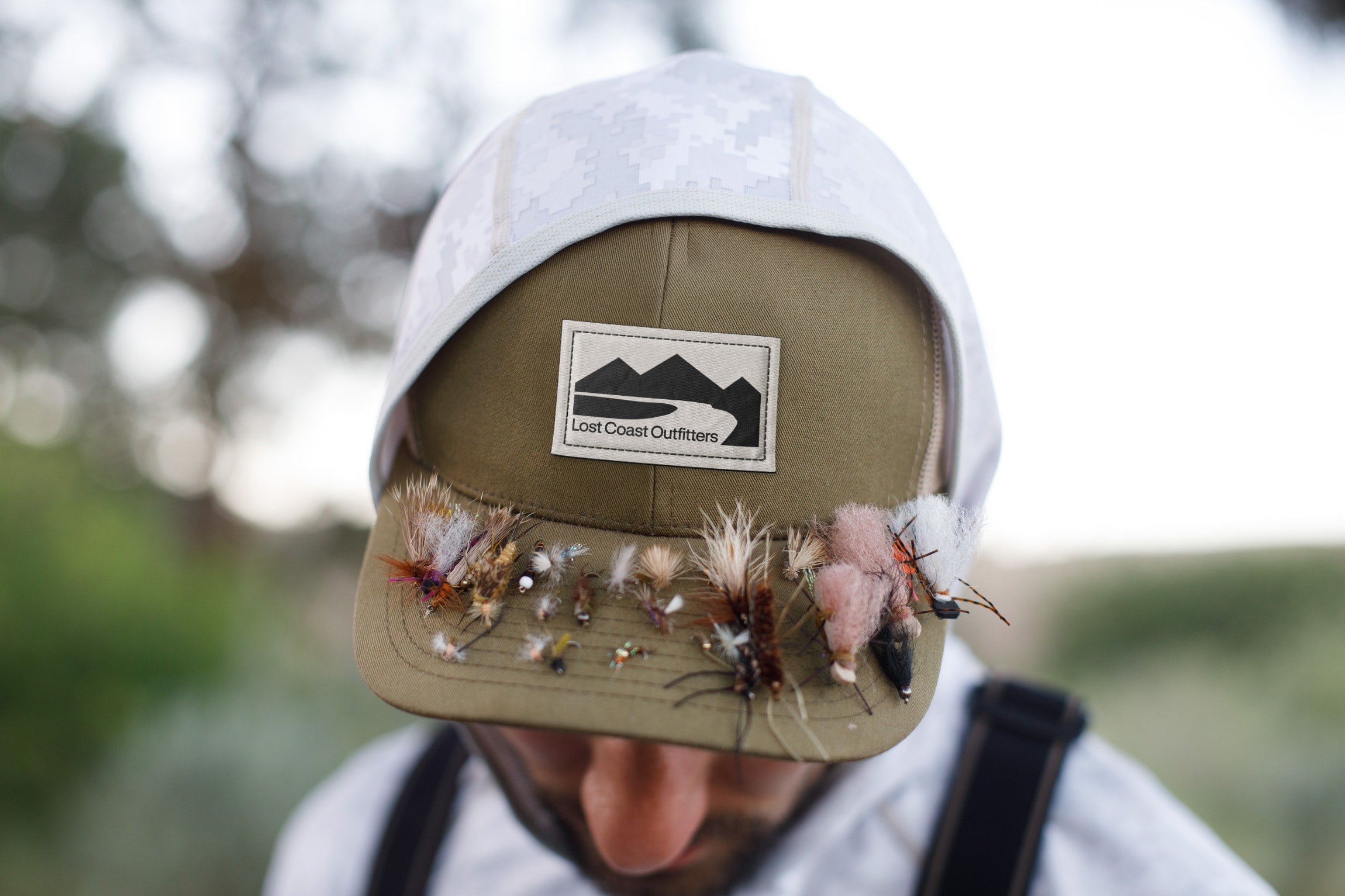
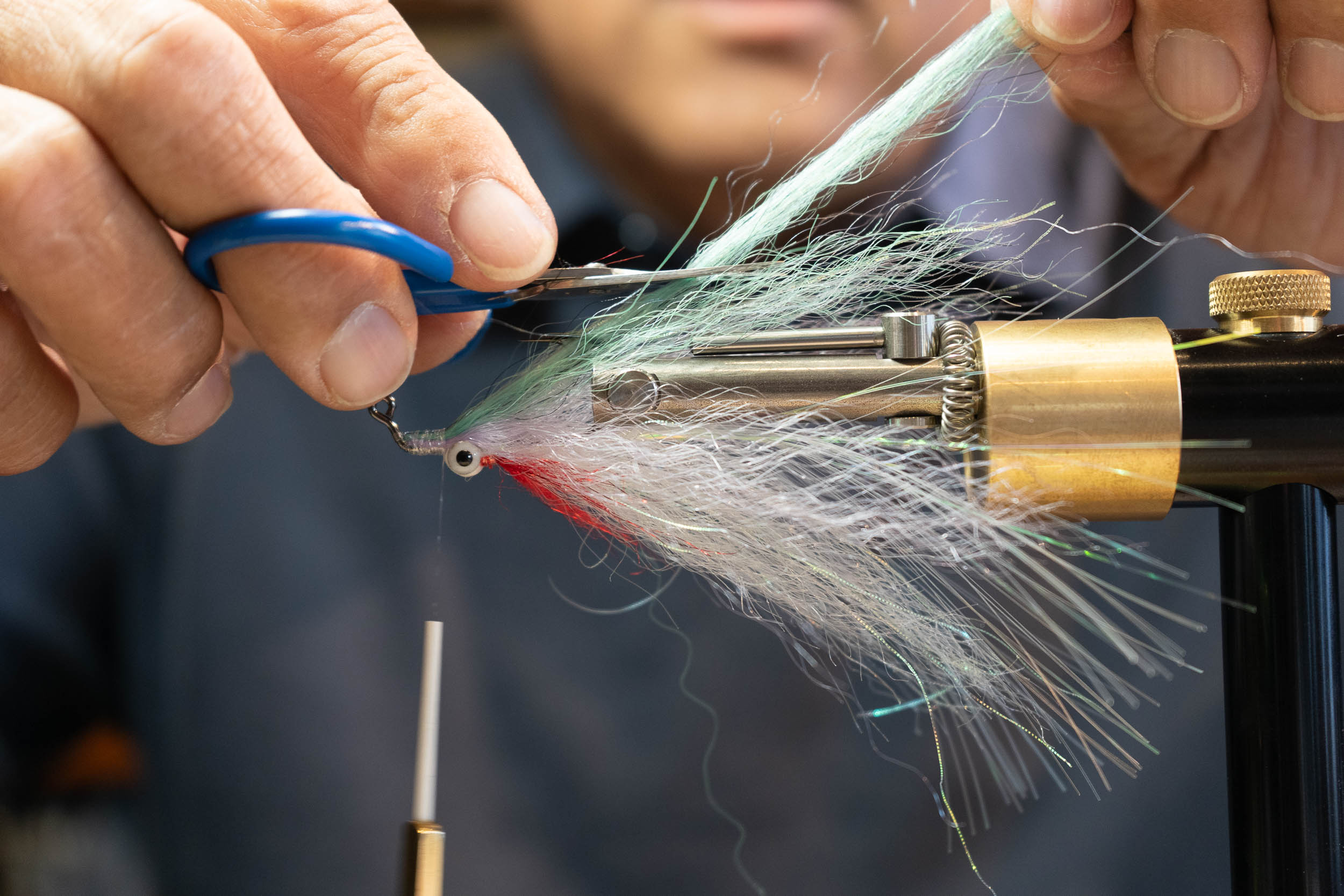
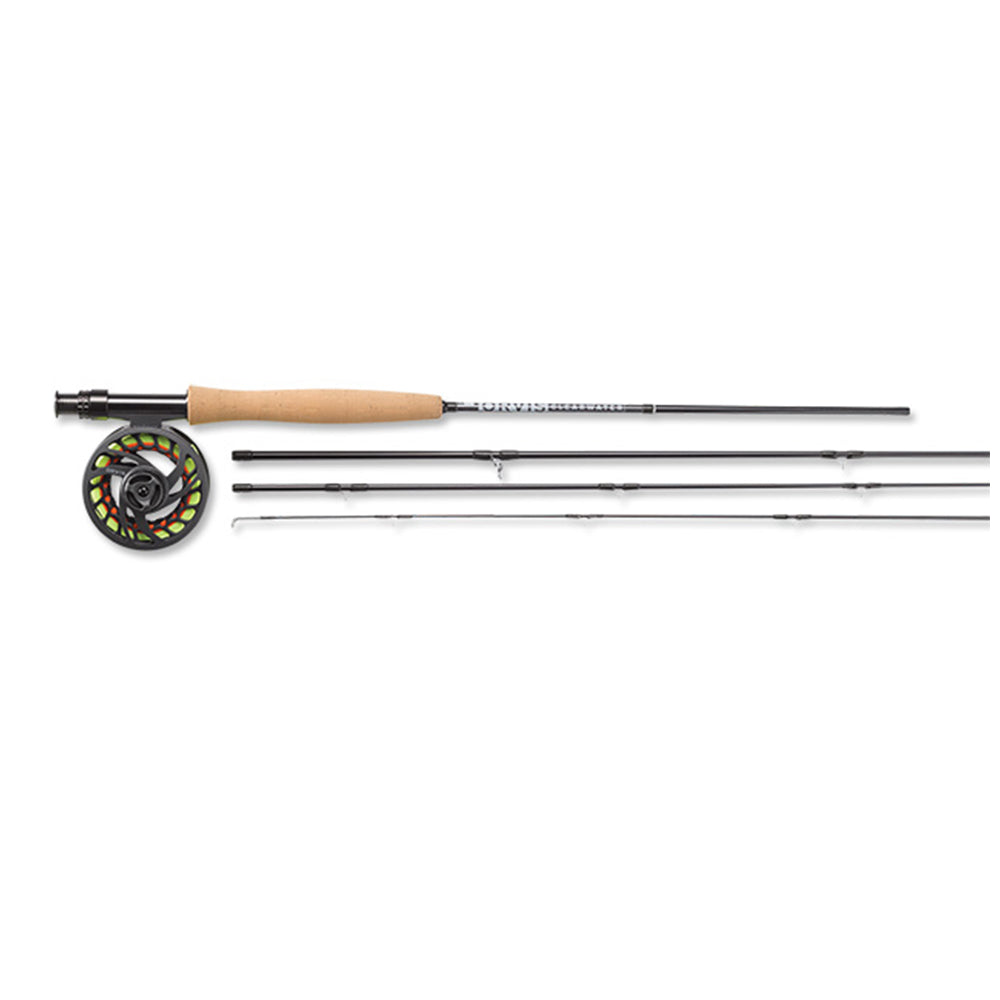
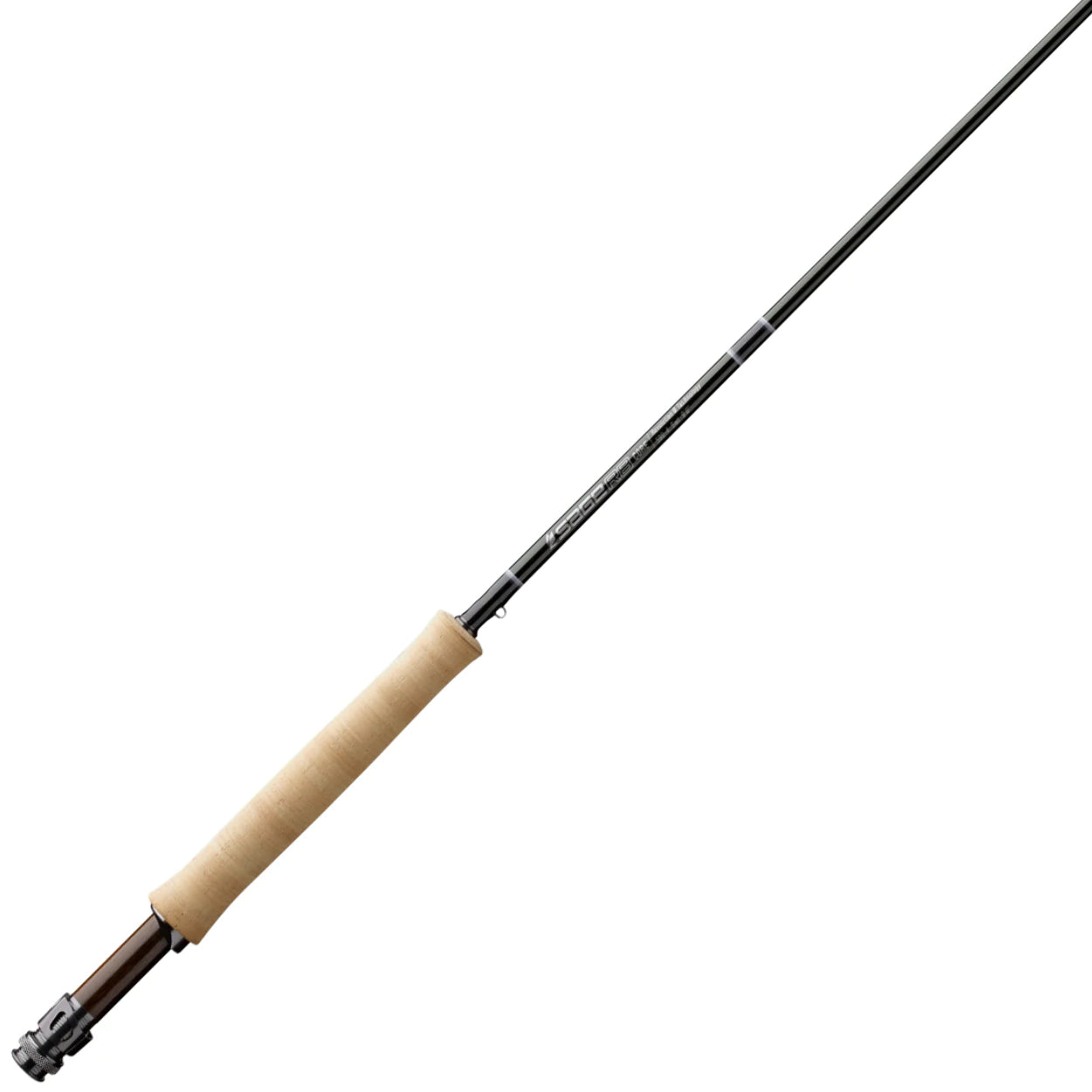
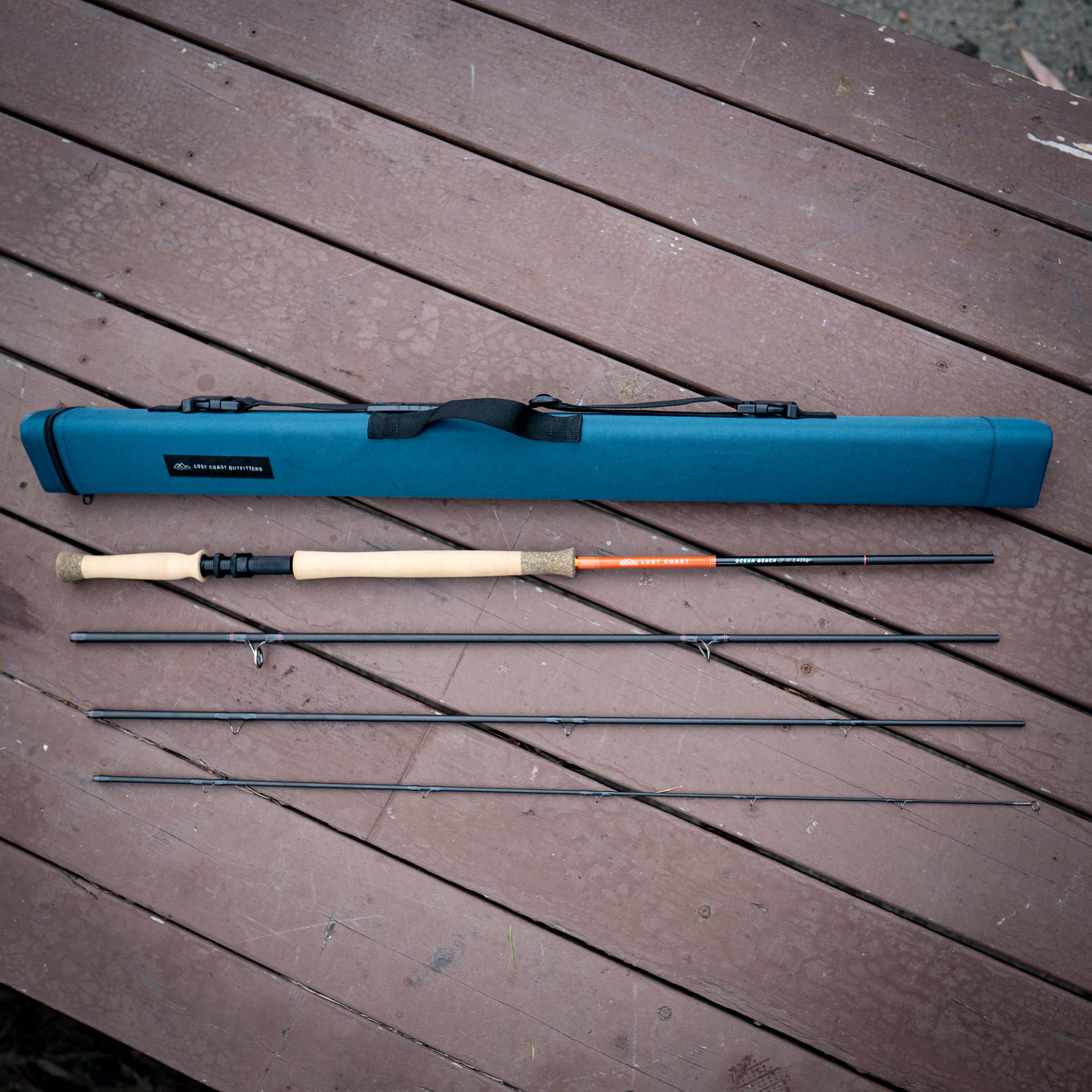

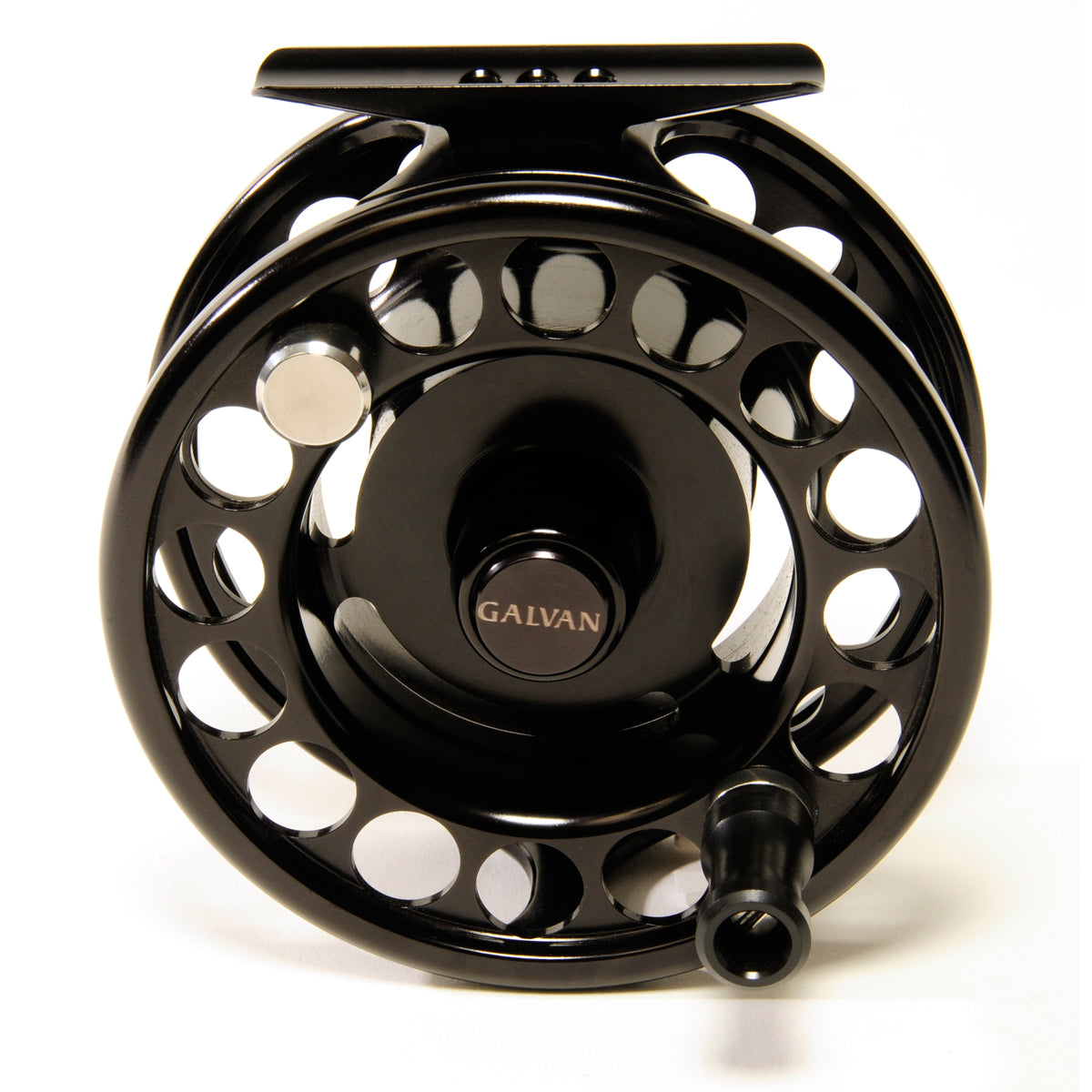
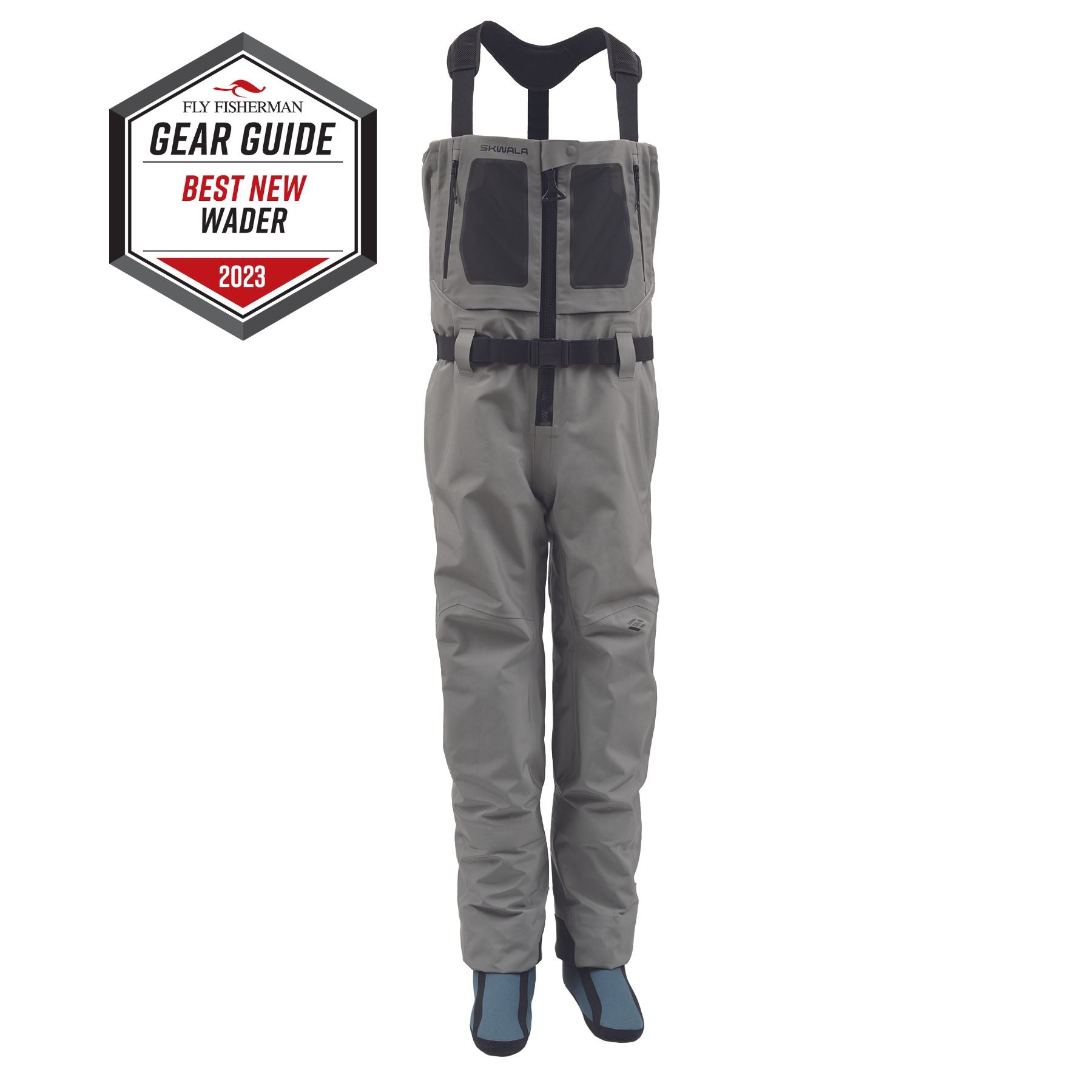
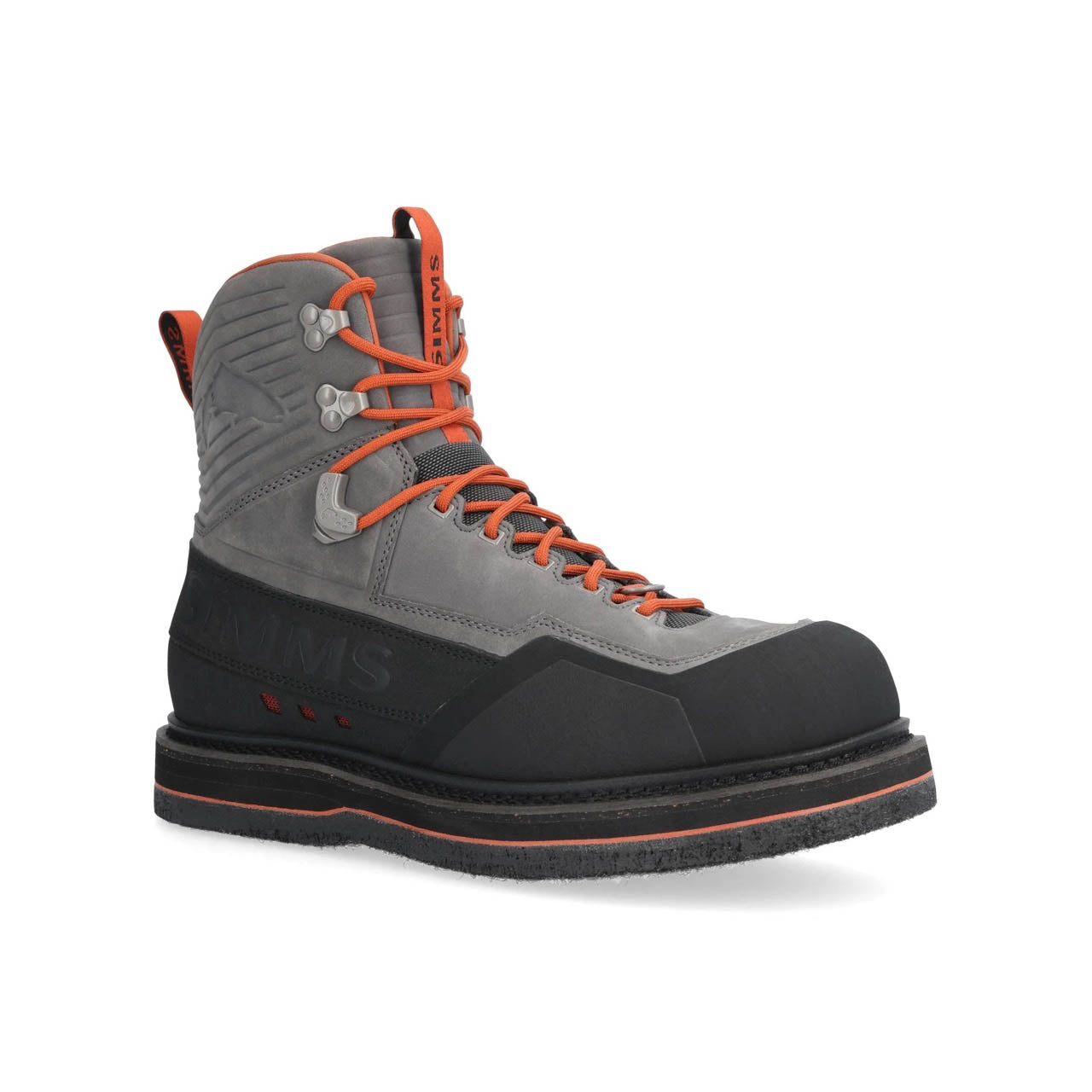
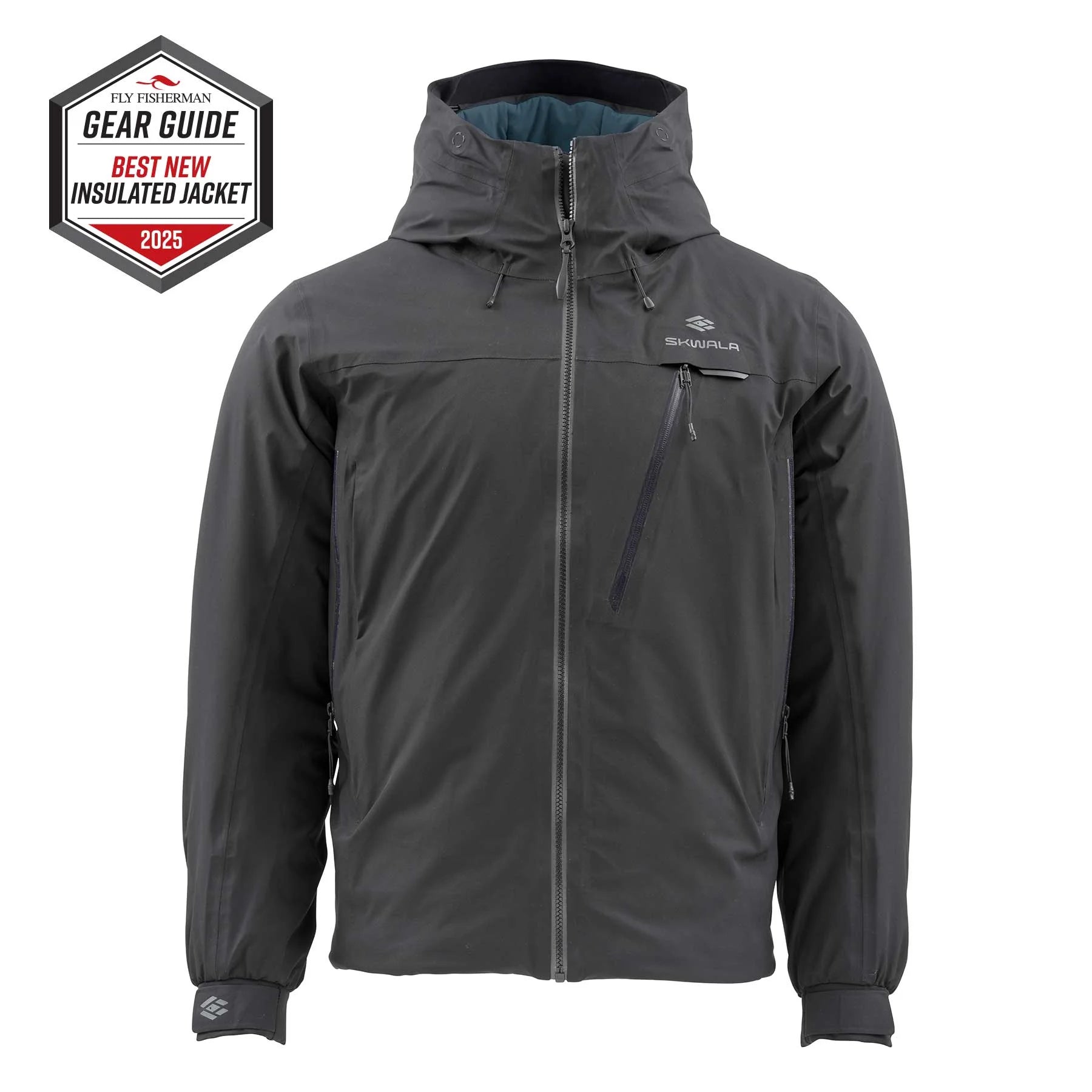


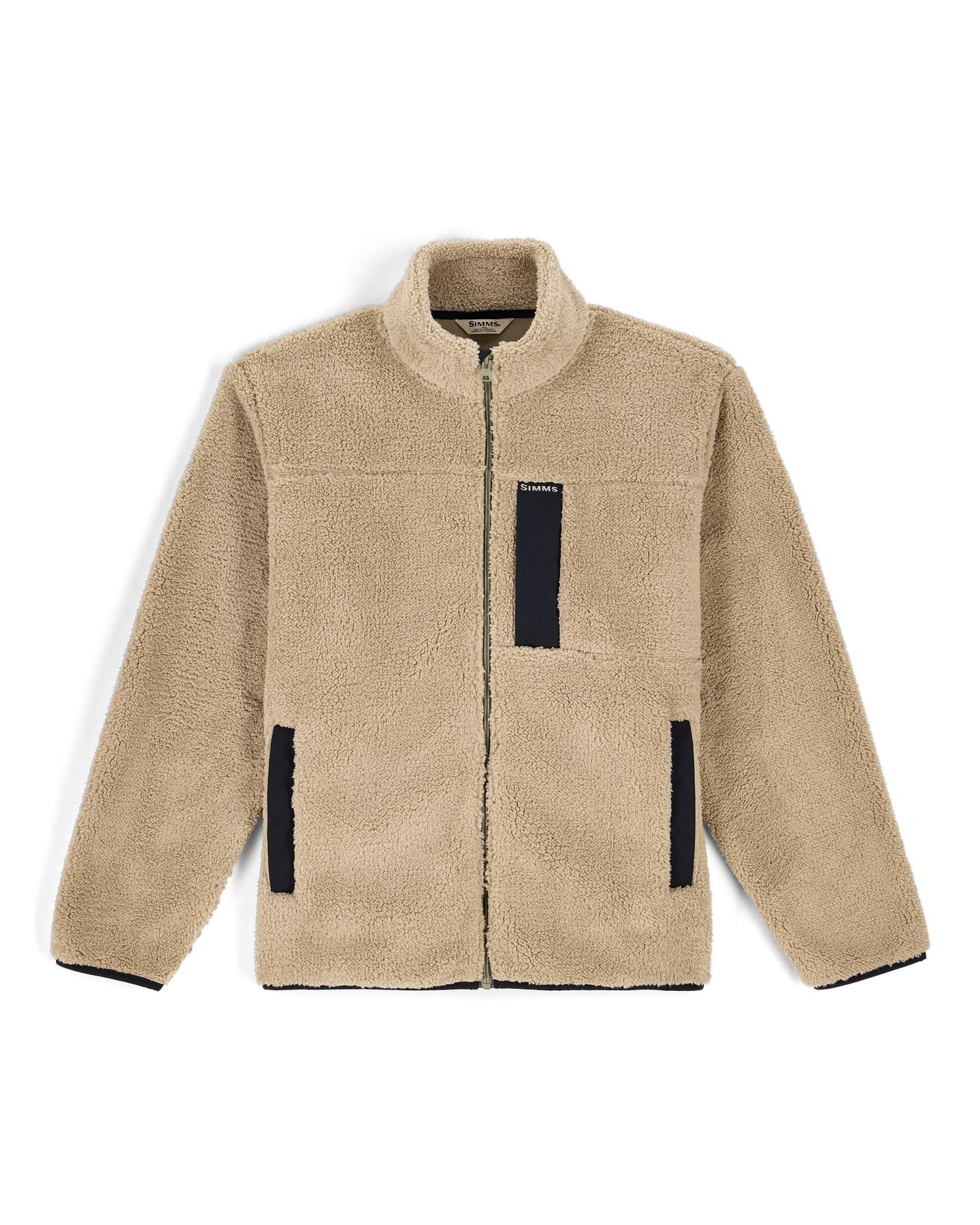
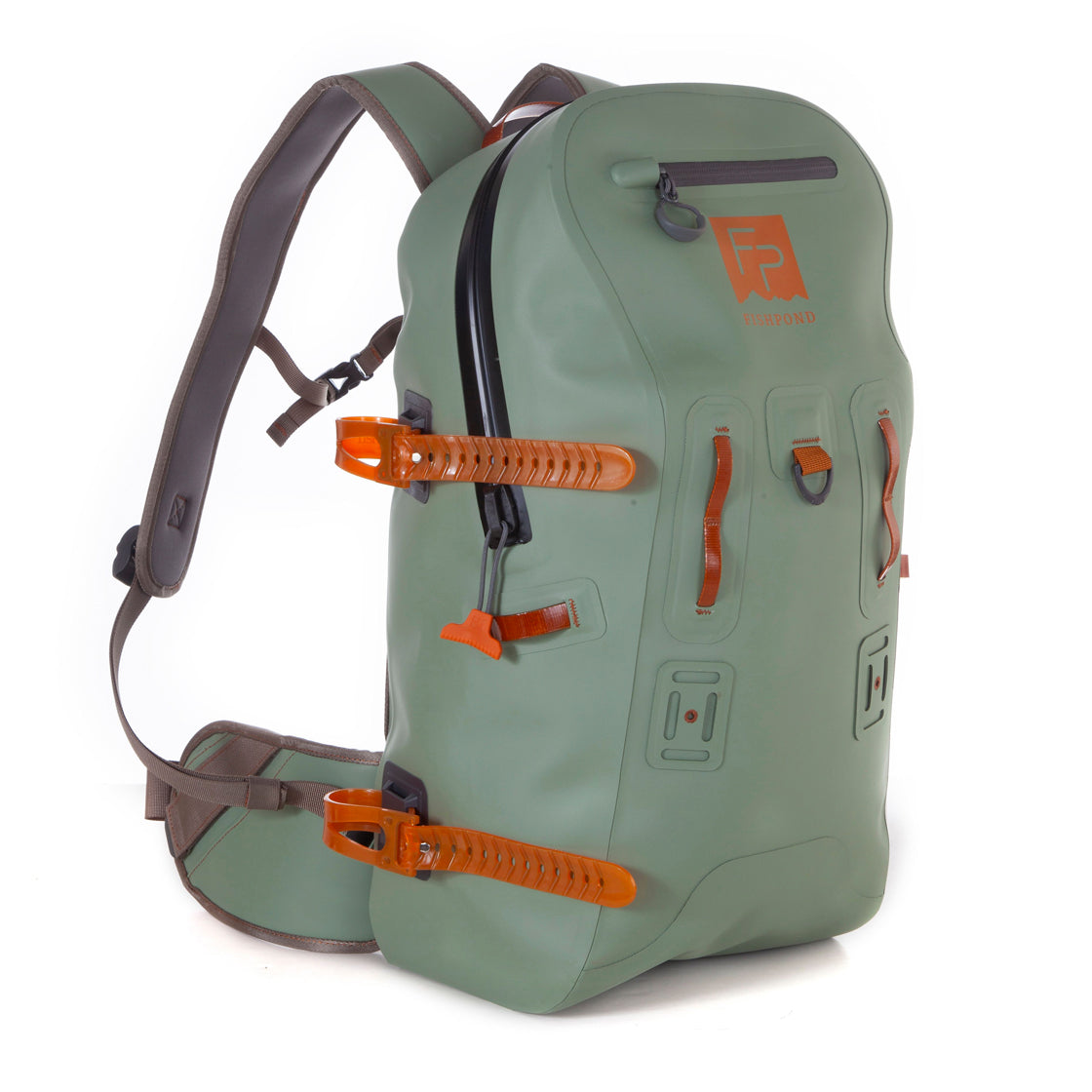
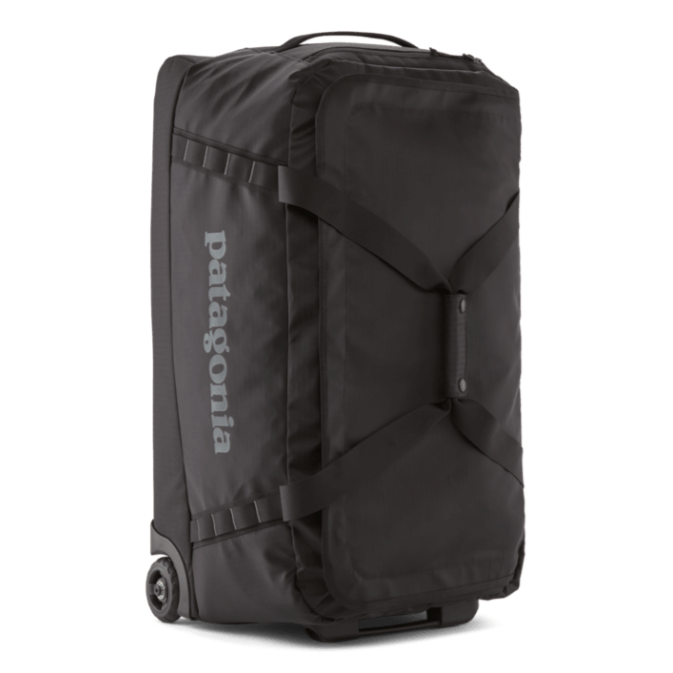
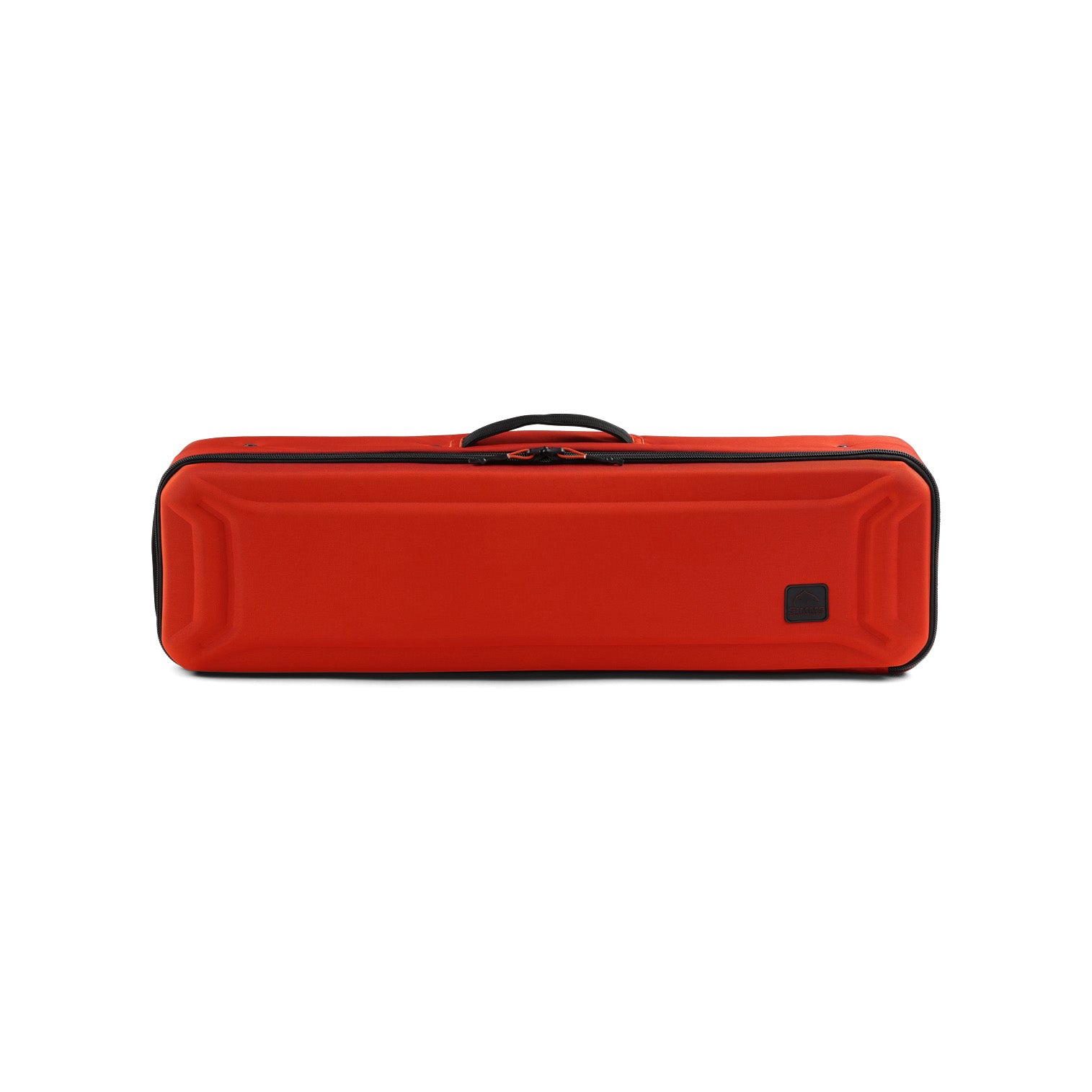
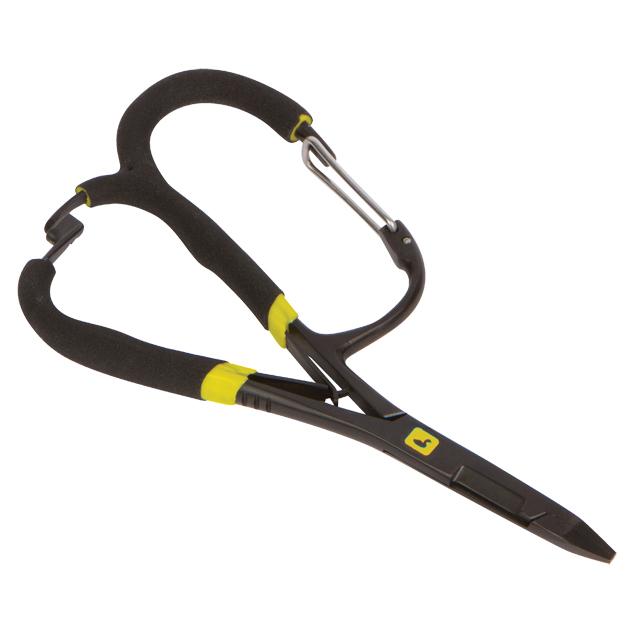
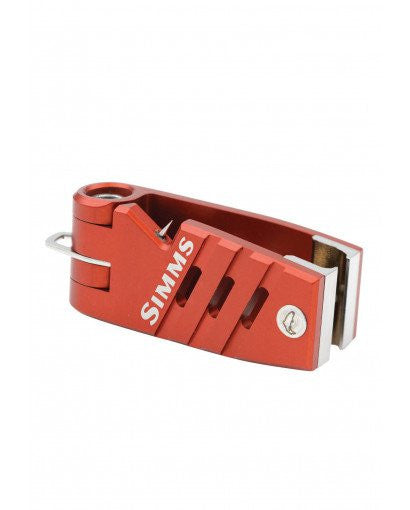
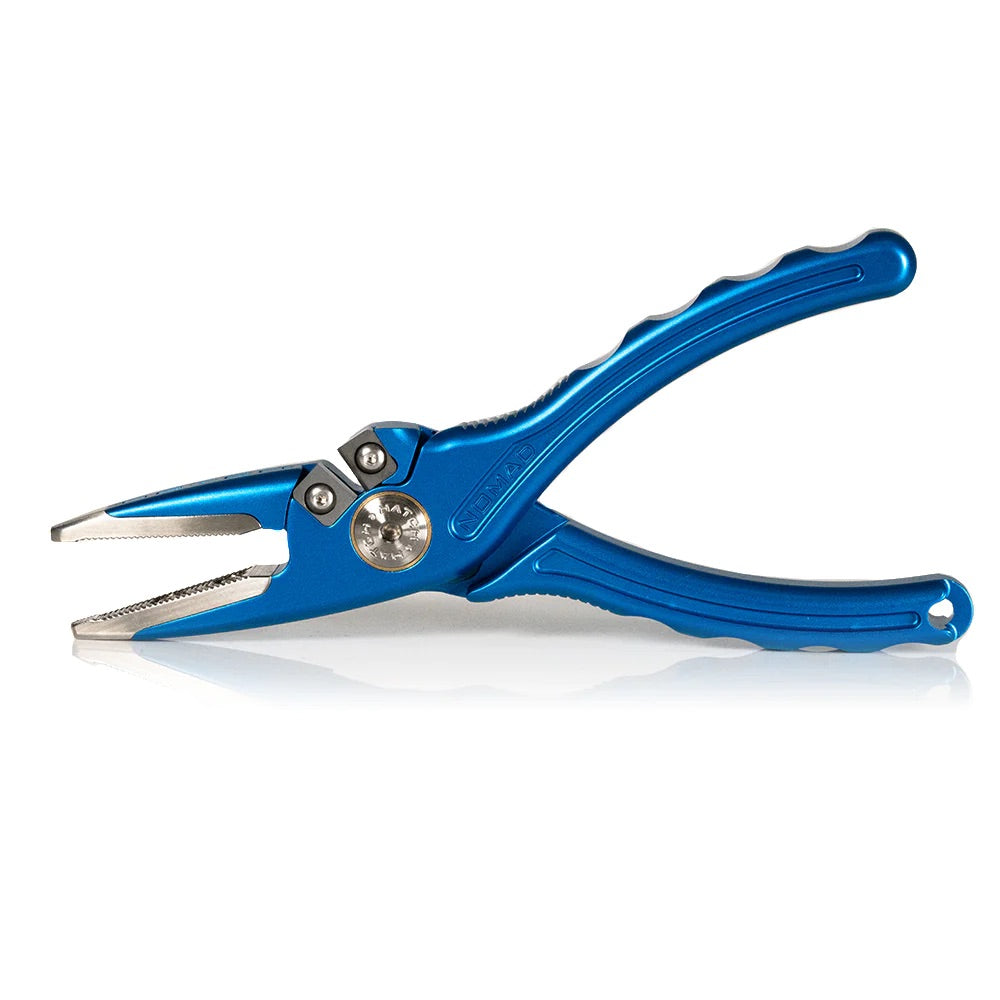
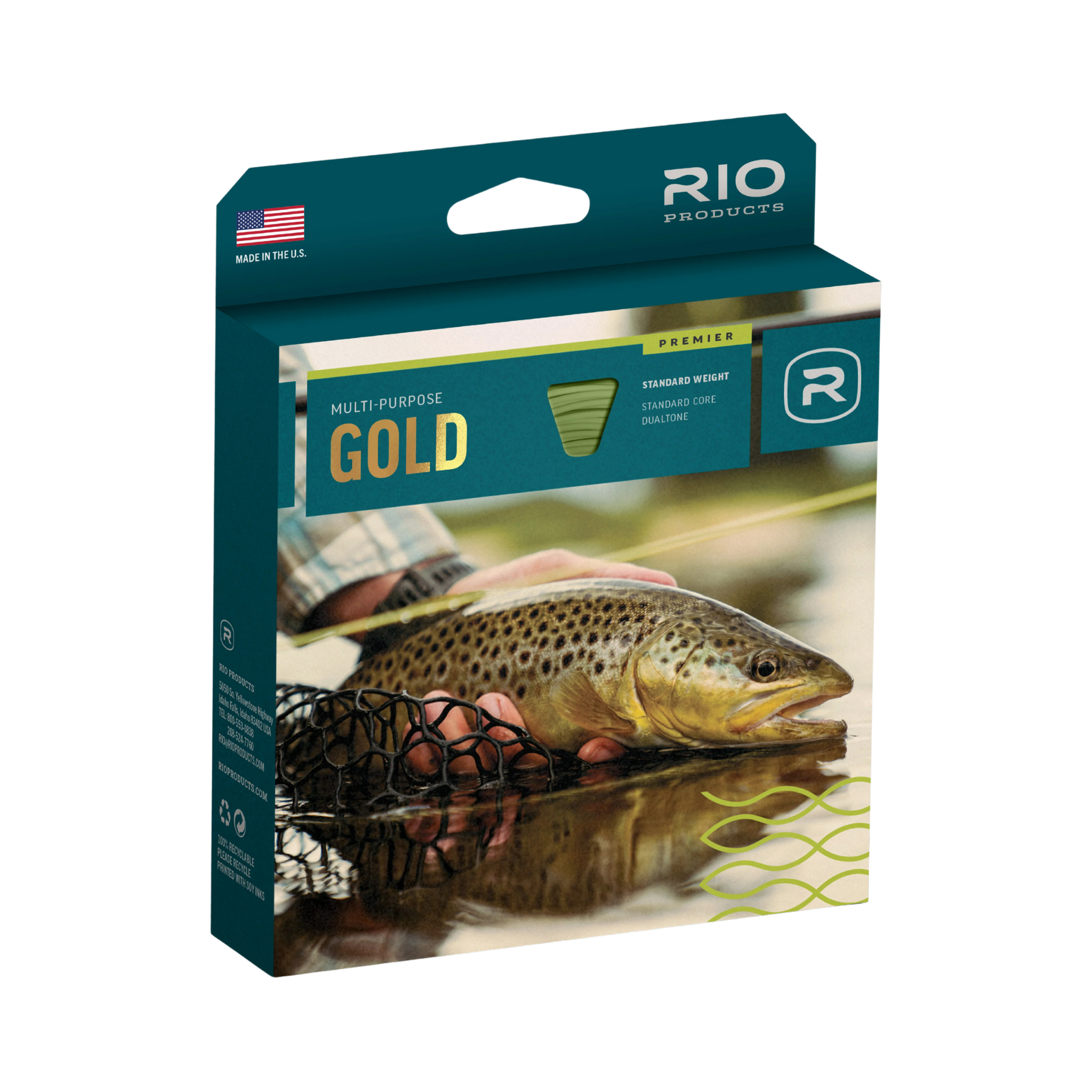
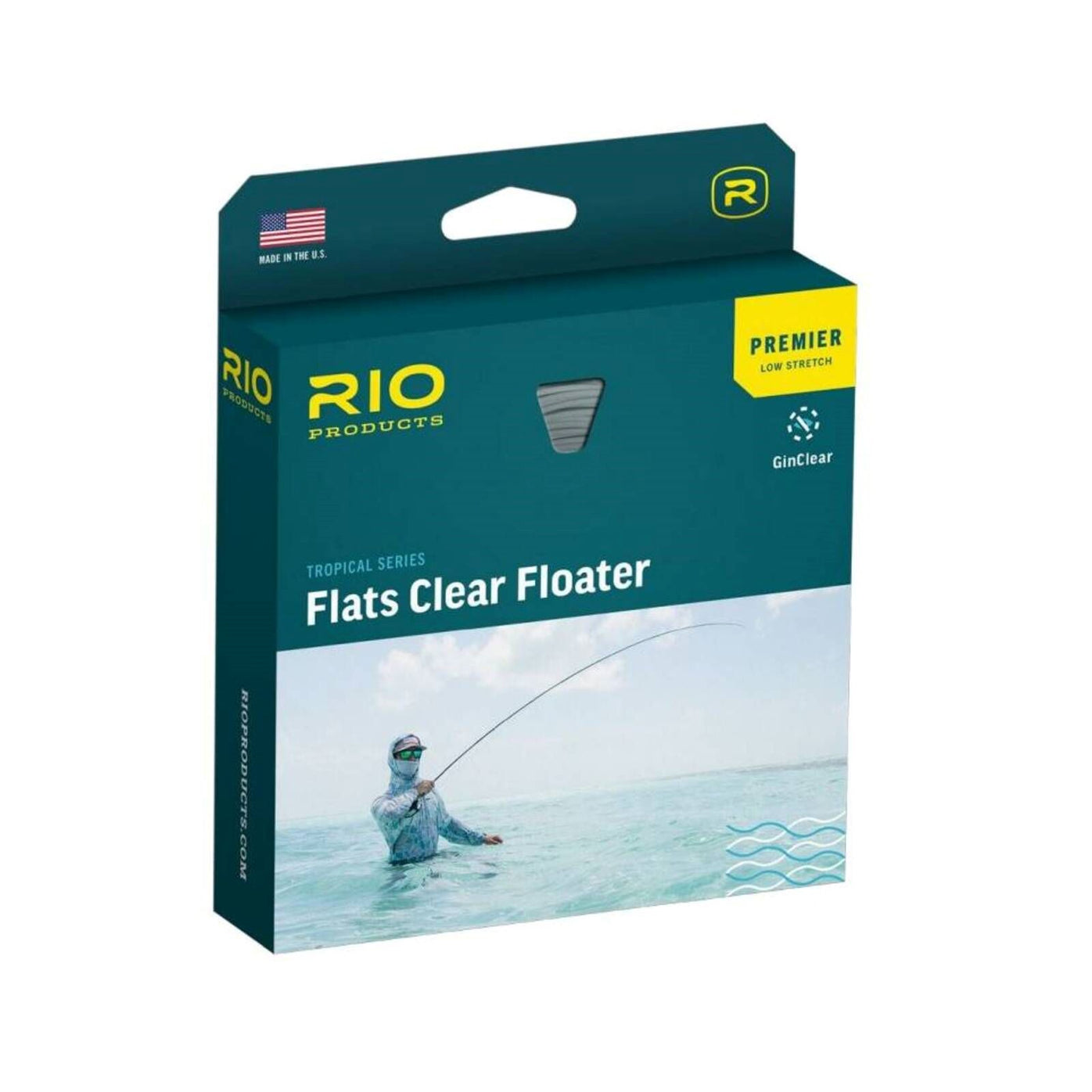
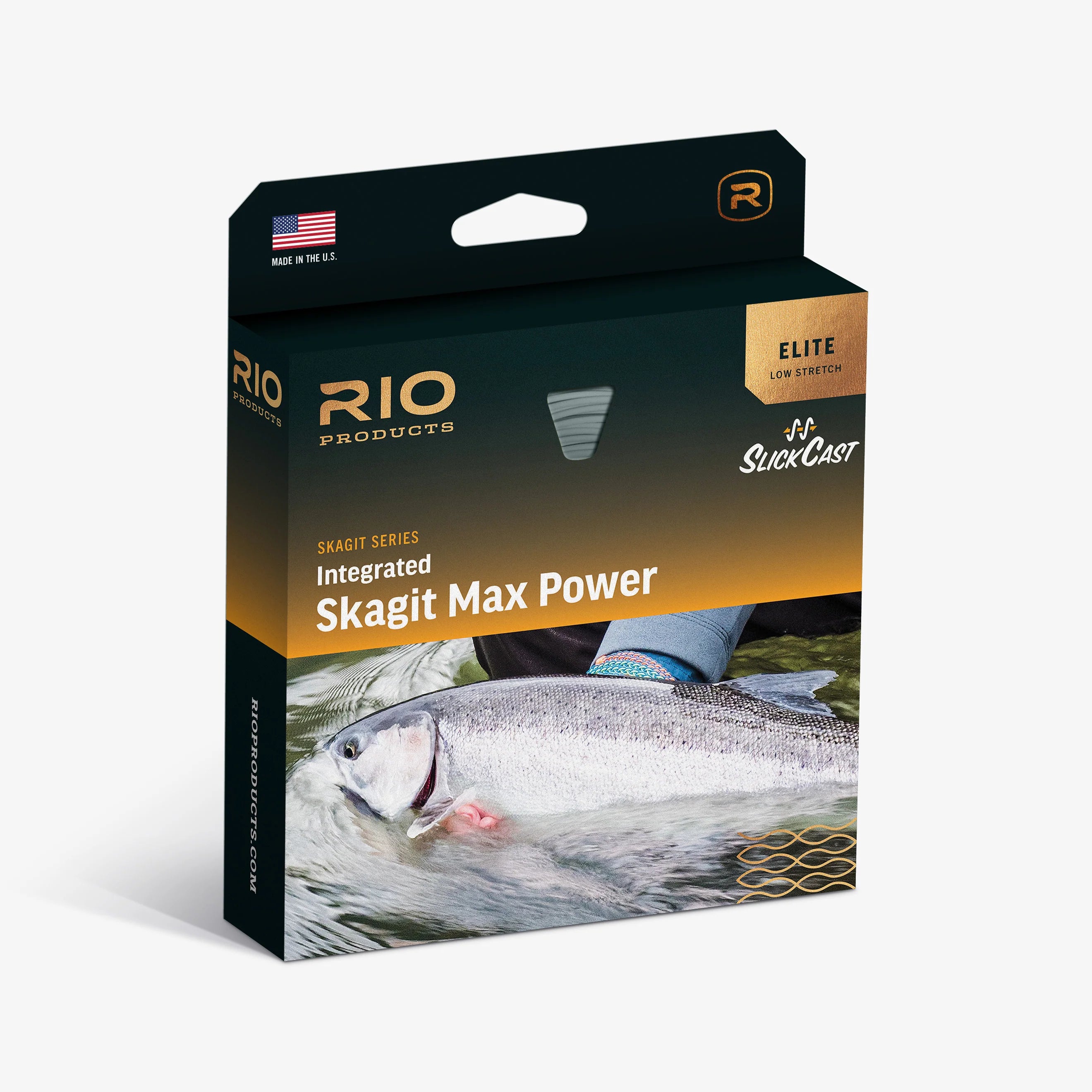
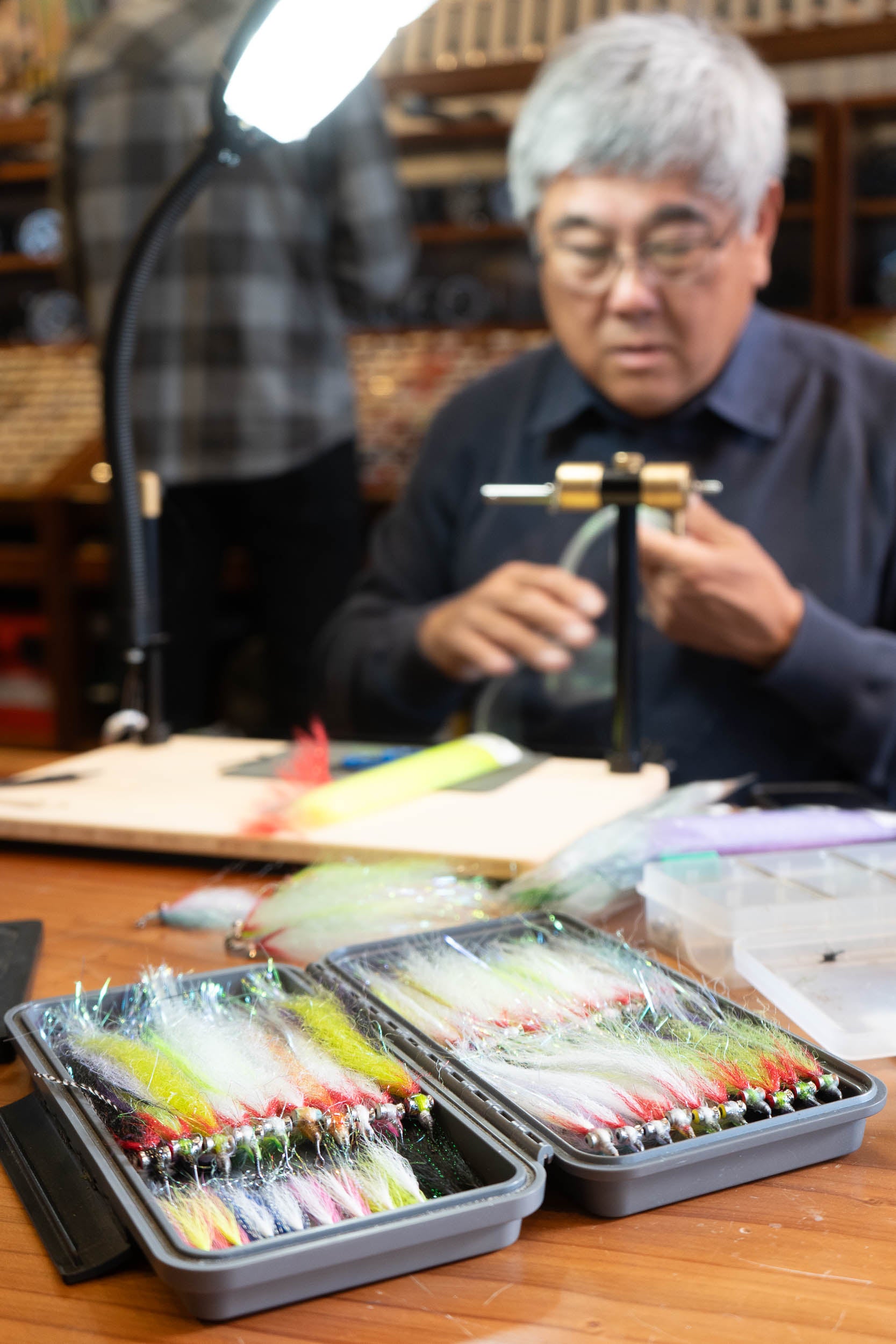
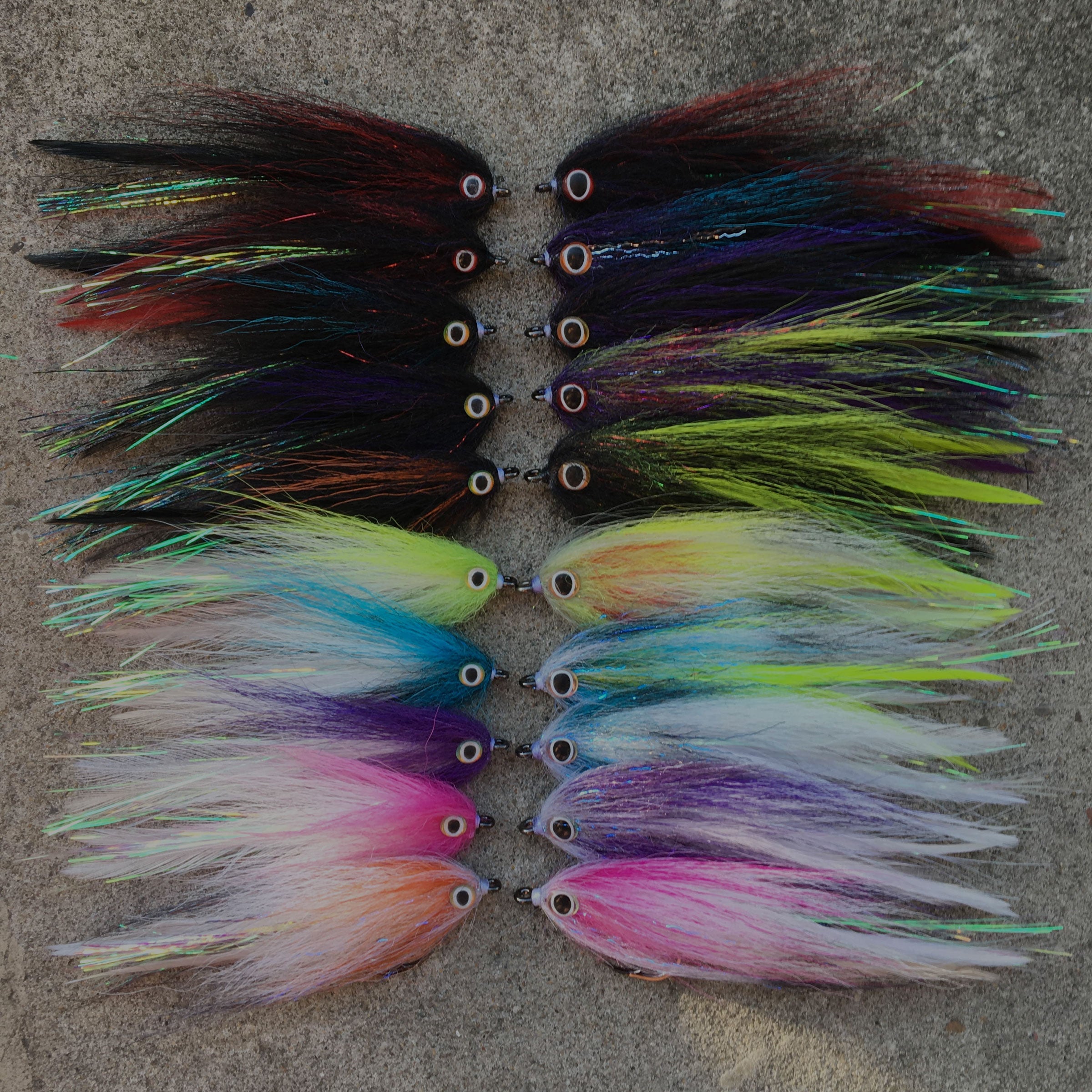
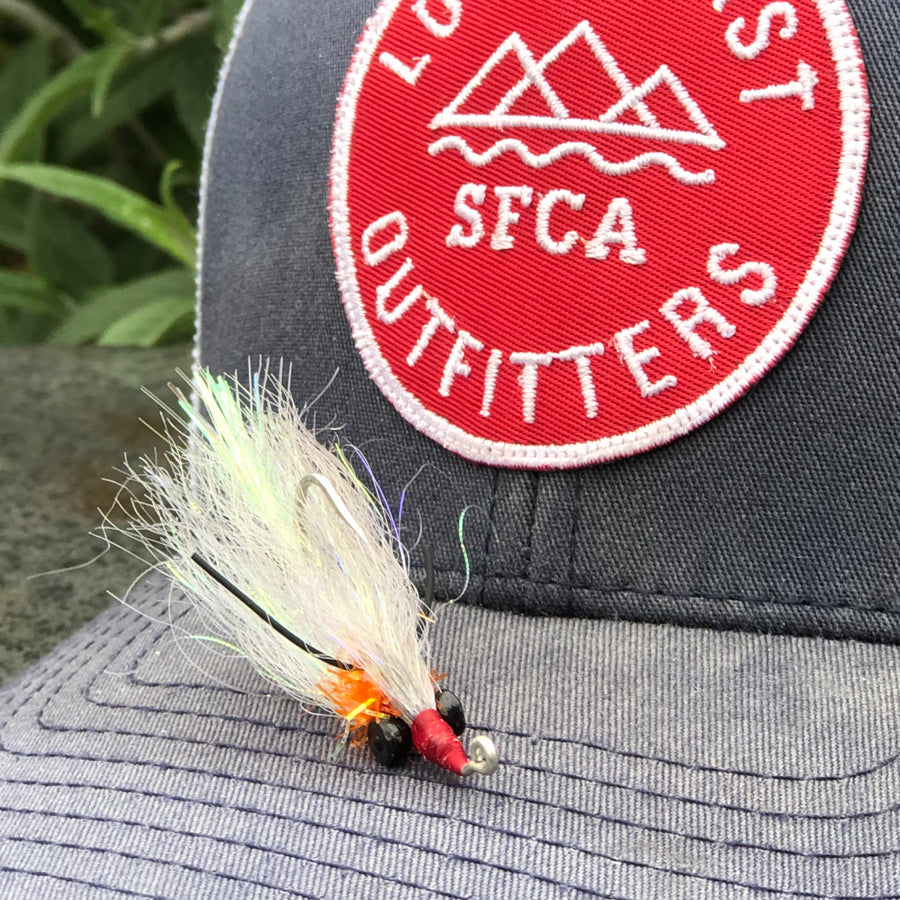
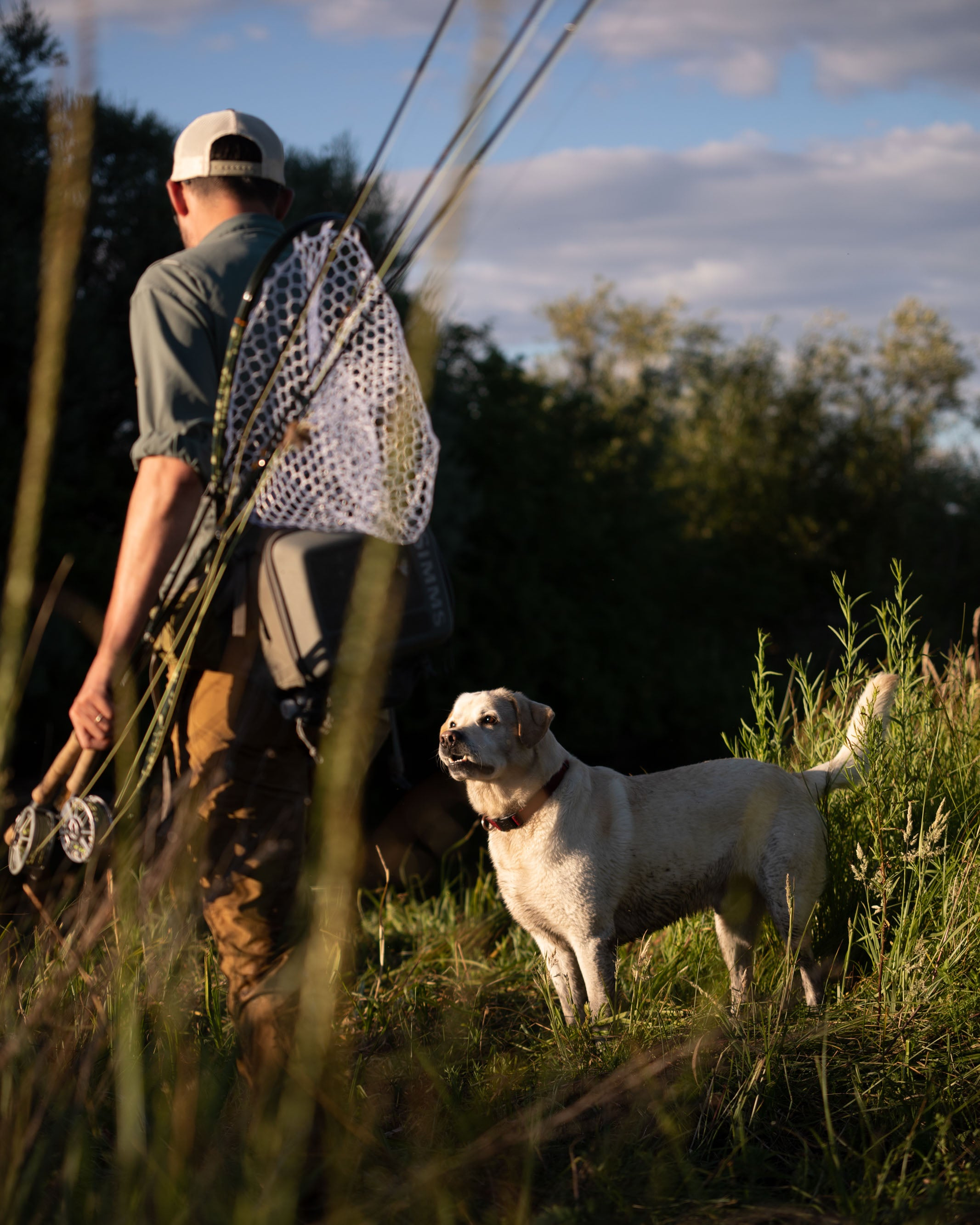

Leave a comment
All comments are moderated before being published.
This site is protected by hCaptcha and the hCaptcha Privacy Policy and Terms of Service apply.